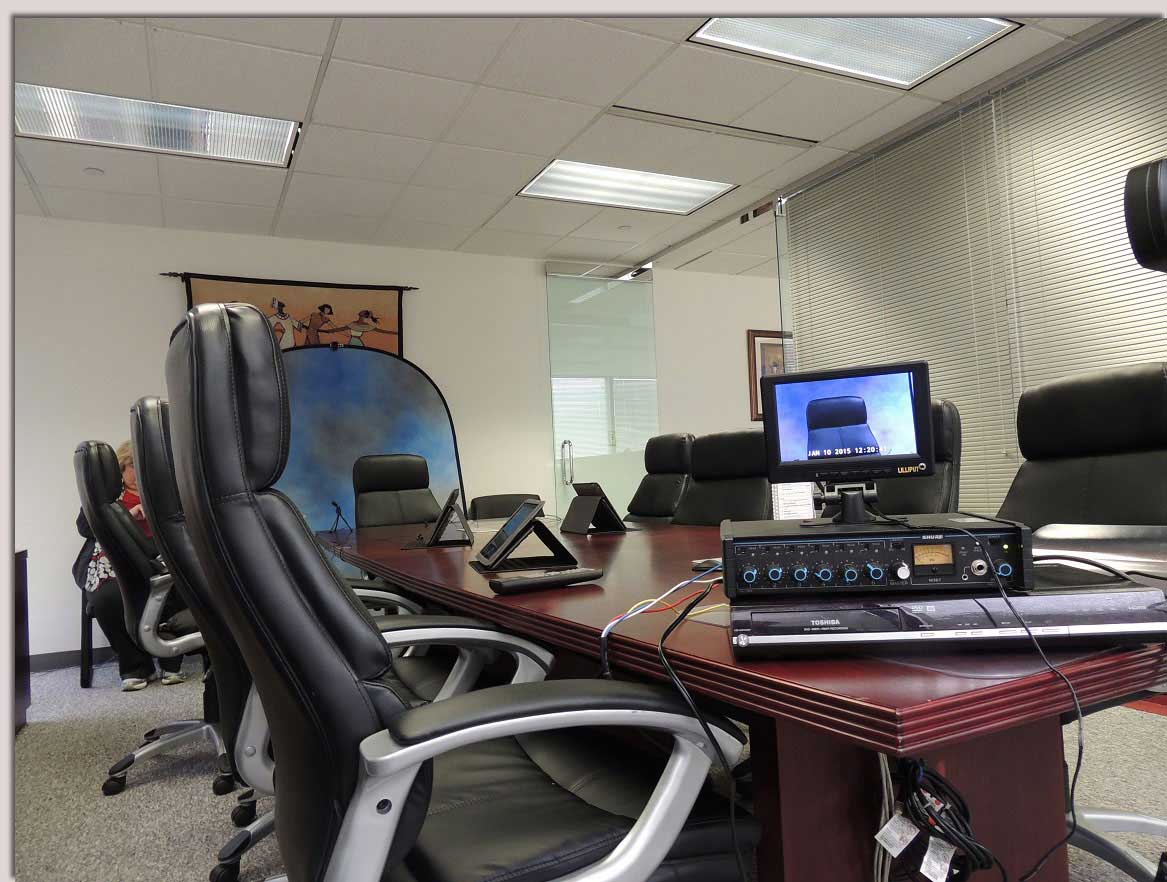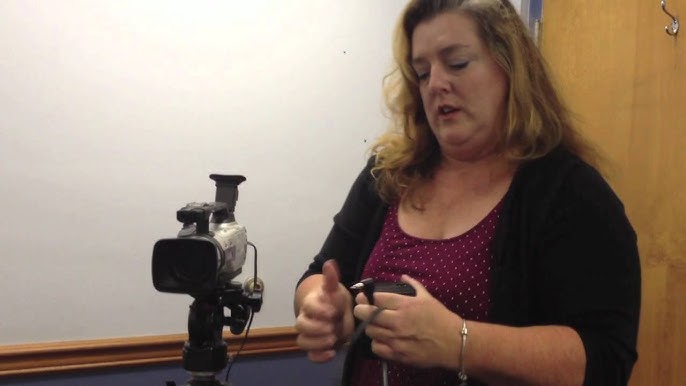Legal Videography: Changing the Method Evidence is Captured and Presented
Legal Videography: Changing the Method Evidence is Captured and Presented
Blog Article
Discovering the Vigor of Legal Videography: a Comprehensive Insight Into Its Performance in Protecting Accurate Visual Records for Legal Instances
Legal videography stands as a crucial component in the world of legal proceedings, offering as a quiet yet effective onlooker in the quest of justice. The utilization of video technology in recording lawful cases exceeds plain record-keeping; it envelops the very significance of events, feelings, and testimonies that unravel within court rooms. By meticulously capturing visual proof, lawful videography not just protects the accuracy of these minutes but additionally supplies a deeper understanding of the details involved. As we explore the performance and significance of lawful videography in the context of lawful situations, an extensive awareness dawns upon the important role it plays fit the training course of justice.
Importance of Lawful Videography
Highlighting the pivotal function of lawful videography in modern-day legal procedures, its value hinges on its capability to give undeniable aesthetic proof that enhances the presentation of statements and truths. By recording live events, depositions, and witness statements in a video clip layout, legal videography guarantees that every detail, expression, and subtlety is properly maintained for later testimonial. This aesthetic paperwork acts as a powerful tool in courts, enabling jurors and courts to much better comprehend the context of a situation and make notified choices based upon the here and now proof.
Furthermore, lawful videography adds to enhanced transparency and liability in the lawful system. In essence, the value of legal videography exists in its capability to copyright the honesty of the legal procedure by catching and preserving exact visual records that sustain the pursuit of justice.
Capability in Legal Documents
Legal videography's role in contemporary legal procedures extends past providing aesthetic evidence; its capability in legal documents is necessary for accurately maintaining the details of testimonies and occasions. Through the thorough recording of depositions, court process, witness statements, and criminal offense scene investigations, lawful videography ensures an unfiltered account of events that can be taken another look at and evaluated throughout the legal process. This precise documents acts as an essential source for attorneys, juries, and judges to reference particular minutes, body movement, face expressions, and subtleties that might not be fully recorded in written records alone.
In addition, lawful videography plays an essential duty in maintaining the stability of lawful process by lowering the danger of misconception or adjustment of information. The visual documents caught through lawful videography provide an unbiased depiction of the truths presented throughout an instance, supplying a comprehensive and trustworthy resource of proof that can significantly impact the outcome of legal disputes (Legal Videography). Fundamentally, the performance of legal videography in legal documentation works as a keystone in upholding openness, precision, and justness within the legal system
Significance in Visual Evidence Preservation
Maintaining aesthetic proof through precise recording methods is an essential aspect of legal videography. By precisely documenting these visuals, lawful videographers play a crucial duty in making certain the honesty and credibility of proof presented in court.
Visual evidence conservation likewise aids in stopping misunderstandings or false impressions that can develop from created or spoken testimonies. The ability to see and hear occasions as they happened can considerably affect the result of a case. Aesthetic proof can offer as an effective tool for both the prosecution and protection in presenting their disagreements persuasively.
Role in Ensuring Justice
In the search of just legal and reasonable outcomes, the duty of legal videography is indispensable. Lawful videography plays a vital duty in making certain justice by offering accurate and impartial visual proof that can significantly affect the result of legal cases. Unlike composed statements or papers, video clip recordings catch the nuances of body movement, facial expressions, and intonation, supplying a comprehensive depiction of events as they unfold. This visual proof is especially important in courtrooms, where it can assist test or affirm witness testaments, strengthen disagreements, and inevitably add to the facility of reality and justness.
Additionally, lawful videography works as a way of preserving vital minutes and details that might be missed out on or misunderstood in created transcripts (Legal Videography). By documenting scenes, activities, and interactions in real-time, legal videography aids avoid misstatements and ensures that all events included have access to the exact same information, advertising transparency and accountability in the lawful process. Inevitably, using legal videography not just boosts the effectiveness of legal proceedings but likewise maintains the concepts of justice and equity in the lawful system
Important Device for Legal Cases

Final Thought
To conclude, legal videography plays an essential role in maintaining exact visual records for lawful situations. Its importance hinges on its capability in legal paperwork, significance in visual proof preservation, and role in making certain justice. As a crucial tool for lawful situations, legal videography acts as an important resource for providing visual proof and adding to the total stability of the legal procedure.
Legal videography's function in modern lawful proceedings expands beyond giving visual proof; its performance in lawful paperwork is essential for precisely preserving the information of events and statements. In essence, the performance of legal videography in legal documents serves as a keystone in upholding openness, accuracy, and fairness within the lawful system.
Ultimately, the usage of lawful videography not only improves the performance of legal procedures yet likewise maintains the principles of justice and equity in the legal system.

As a vital device for legal instances, legal videography offers as an important source for providing aesthetic evidence and adding to the general honesty of the legal procedure.
Report this page